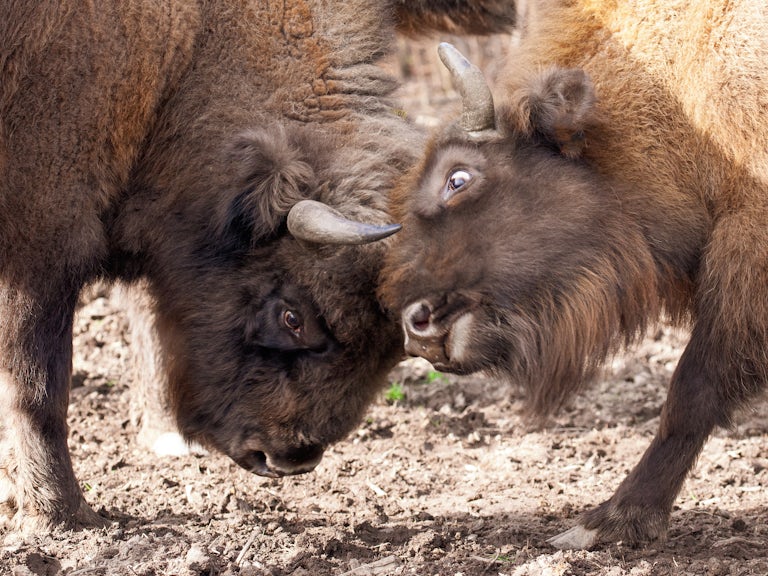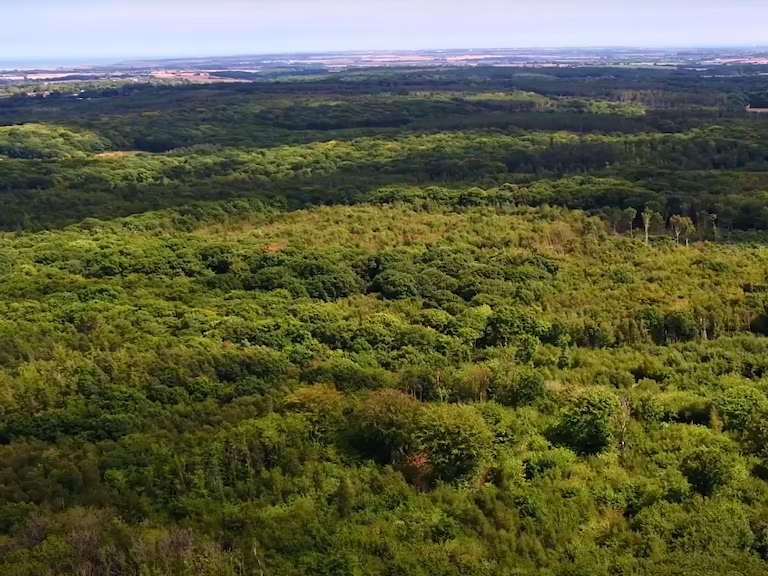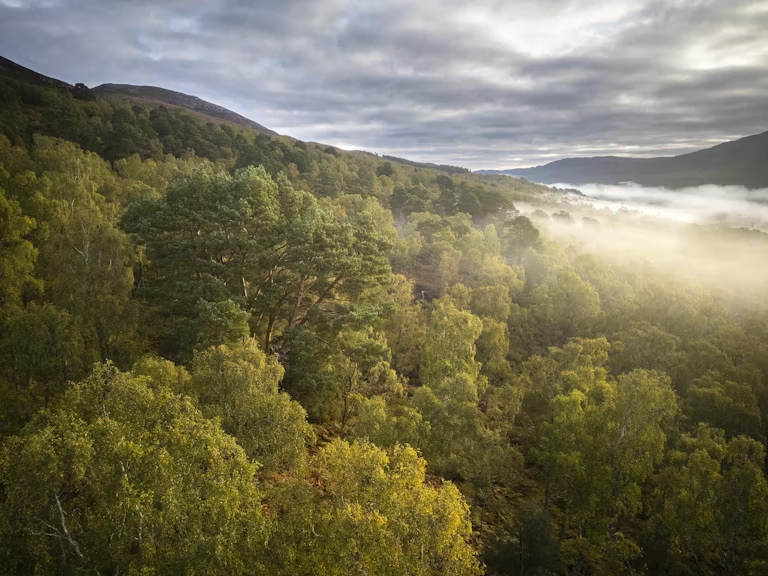Rewilding Challenge Fund recipient report: Wilder Blean
Our first Rewilding Challenge Fund grant supported Wilder Blean with their ambitious aim to rewild tens of thousands of hectares across southeast England.

A grand plan to revitalise ancient woodland in Kent
While the release of the charismatic bison caught immediate attention as a first for Britain, the Wilder Blean project had an even bigger scope: to bring together the fragmented ancient woodland into a better-connected, biologically richer landscape.
The Rewilding Challenge Fund has provided a unique and vital opportunity to strengthen the collective vision and partnership approach of Kent Wildlife Trust, RSPB and the Woodland Trust. The project has gone from strength to strength, enhancing biodiversity and natural processes to shape a thriving, sustainable landscape for people and wildlife.
The first-ever recipient of the Fund, the Wilder Blean project was awarded £100,000 in 2023 to enable large-scale rewilding plans over a two-year period, with four main long-term aims:
- Reconnecting the wildscape. Covering 12,000ha the project area aims to rebuild ecological connectivity by working with neighbouring landowners and managers for a shared vision
- Creating a resilient ecosystem, through re-establishing the natural grazing of herbivores like bison and wild ponies
- Building a community voice, putting local people’s needs at the centre of the Blean Wildscape
- Catalysing a green economy, making the most of the seven million people visiting East Kent annually
The two-year funding period for the development phase has now come to an end, with significant achievements and valuable insights gathered along the way. Importantly, its impact extends beyond the project itself, catalysing shared learning and inspiring rewilders to adopt more ambitious and innovative approaches to nature recovery.
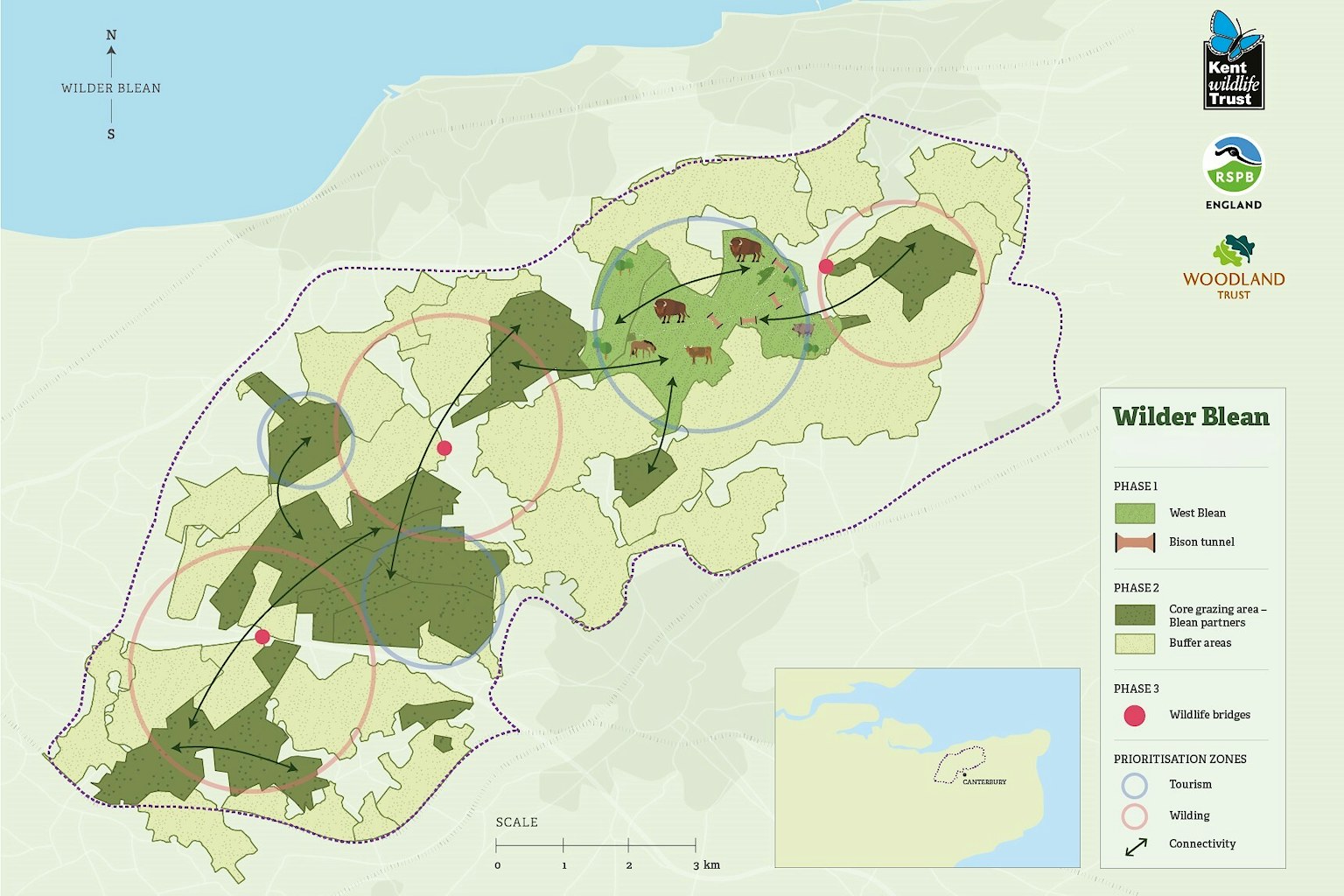
The Wilder Blean vision
The collective vision for The Blean Wildscape is for a biologically rich, extensive, connected, and resilient ancient woodland, managed through natural processes, where wildlife and people live harmoniously and provide hope for the future of protected areas across the UK.
“… The last year has taught us, more than ever, that you can’t just end up with more isolated pockets of well-connected habitat. You need to think about the whole, big picture – as Rewilding Britain says,‘Think Big, Act Wild’!”

Helen Pitman
Wilder Blean Landscape Manager at Kent Wildlife Trust
Key achievements
The bison and other herbivores were a key first part of the puzzle, immediately having a huge impact on the land through their natural behaviours, but the project team also took a longer-term focus on the future for both the local community and the wider landscape.
Now at the end of the two-year grant period, the project has achieved many milestones and laid strong foundations for the 25-year long-term Blean Wildscape Initiative.
When awarding the Rewilding Challenge Fund, it’s crucial the funded project clearly plans to fulfil our five principles of rewilding. Here’s how the Wilder Blean project delivered on those principles.
1. Work at nature’s scale
Funding from Rewilding Britain enabled the Wilder Blean team to conduct an initial assessment to gauge how connected the Blean landscape was, with the results showing it was highly fragmented. They produced the Blean Wildscapes Webmap to assess the region and help develop a connectivity strategy.
The webmap was used to evaluate access to nature, potential economic opportunities, the locations of landowner clusters and priority areas for rewilding. It also identified barriers to wildlife movement, such as main roads. To help the team create solutions to these challenges, we part-funded a knowledge exchange trip to the Netherlands with Highways England to learn about how green bridges are used there to aid wildlife dispersal.
2. Support people and nature together
The team knew that communities within the Wilder Blean area needed to be at the heart of the project for success. Research showed a fear of large animals was a major local issue, especially where children were concerned, so they ran a safety workshop to help nearby residents feel more comfortable with the idea of free-roaming herbivores.
The project engaged diverse groups, including education organisations and youth groups, community gardens, residents, religious bodies, councils, LGBTQIA + communities, creative collectives, organisations for people living with disabilities and environmental organisations.
3. Let nature lead
Species reintroductions such as bison, ponies and iron-age pigs are an important focus of the project, but the team found it hard to prioritise which species to reintroduce and which methods to use.
To help guide the next 10 years, they trialled a new method, facilitated by the Zoological Society of London. Over a four-day workshop using a Structured Decision Making approach, 17 participants narrowed down an initial list of around 1400 species to just 22. This final list includes several keystone species such as beavers, red squirrels, bison, pine martens and turtle doves.
4. Create resilient local economies
Over 7 million people visit Canterbury, Whitstable and the surrounding areas annually. Polls showed that many visitors to East Kent are unaware of the Blean, despite growing interest in sustainable tourism and nature-based experiences.
The team identified opportunities to boost and enhance the number of local eco-tourism businesses operating within the Blean landscape, including creating better wildlife experiences for visitors and shared branding for other Wilder Blean enterprises.
5. Secure benefits for the long-term
The vision for the Blean was always focused far beyond the initial two-year funding period, a necessary scope to achieve change in the largest area of continuous ancient woodland in southern England. Over two years, the team built up a solid evidence base to support future work. They also invested time in building strong links within the local community to help shape the project’s vision as it enters its next phase, laying the groundwork for continued community involvement.
“The Wilder Blean vision sets up foundations for a bold, connected landscape plan that will one day see herbivores roam across the Kent countryside. As the project moves towards the next steps of delivery, the funding has given the project team a clear steer on how to develop their ambitious vision.”
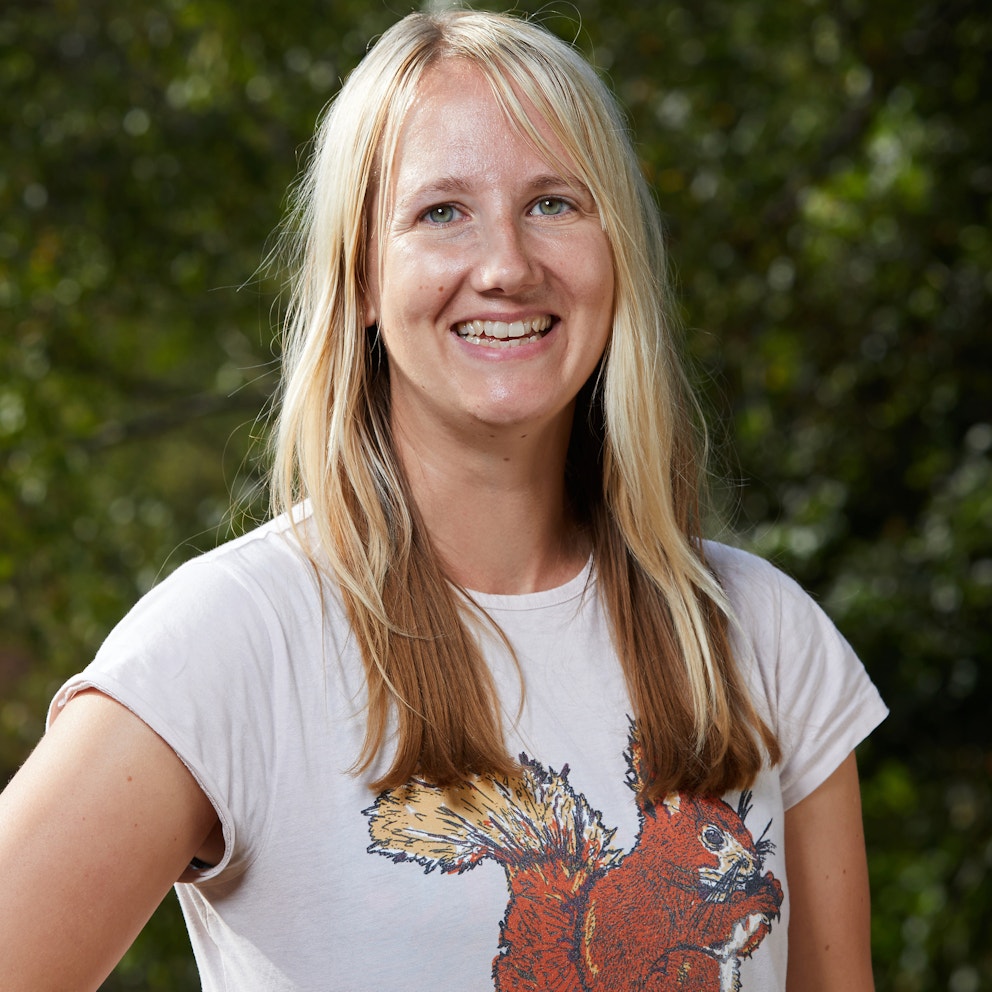
Sara King
Rewilding Manager
See the story in pictures
More about the Rewilding Challenge Fund
The Rewilding Challenge Fund is a major fund of up to £100,000 per year, awarded by Rewilding Britain to the rewilding project that shows the maximum potential to work with others to scale up rewilding on land and/or at sea.
The Challenge Fund exists thanks to the generous support of our funding partners. If you’d like to learn more about supporting the Challenge Fund and helping to accelerate rewilding across Britain, we’d love to hear from you. Contact us at development@rewildingbritain.org.uk






